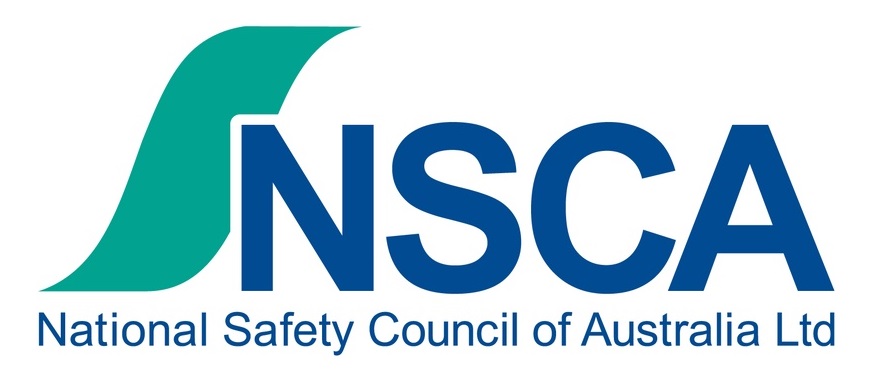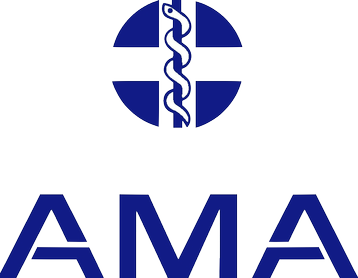At Employees Health, we prioritise the wellbeing of your workforce through comprehensive medical and occupational health testing services, including our specialised Silica Medicals. With years of experience, we have tailored our Silica Medical to address common concerns, providing your workers with peace of mind while offering valuable insights and tools to manage potential exposures.
At the heart of our offering is a commitment to education, knowledge dissemination, and equipping you with the tools to proactively manage silica exposure risks. We aim to build substantial value for your company and staff, ensuring a healthier, safer work environment.
Workers exposed to Crystalline Silica are mandated to undergo Medical Examinations by WorkCover-accredited doctors under relevant state or territory provisions, including the Dust Diseases Act or Section 274 of the Work Health and Safety Act 2011. Our medical team is fully accredited to conduct Silica Medicals, whether in response to exposure incidents or as part of an ongoing maintenance assessment program.






In alignment with Safe Work Australia Guidelines, our Silica Medical adhere to stringent monitoring requirements. Pulmonary function tests (spirometry) are conducted at baseline and annually, while chest X-rays are performed at baseline and then every 5 years in the first 20 years of work. An abnormal X-ray or 20 years of exposure or more necessitates more frequent X-rays.
or submit your details through the contact form at the bottom of this page. We will promptly reach out to you to arrange your appointment needs.
Meet our Chief medical Officer, Dr. Mike Shenouda, bringing over 20 years of expertise in the field of Industrial medicine. Dr. Shenouda is a WorkCover-accredited Medical Practitioner for Hazardous Substances. ensuring the highest standards in occupational health and safety.
I. Unveiling the Culprit: Silica and Its Forms
Silica exists in various forms, with crystalline silica being the primary concern for health. Respirable crystalline silica particles are tiny and can be inhaled deeply into the lungs, leading to long-term health consequences. Quartz, cristobalite, and tridymite are the three main forms of crystalline silica encountered in occupational settings.
II. The Occupational Hazard: Sources of Silica Exposure
Occupational settings such as construction sites, mines, and foundries commonly harbor silica dust. Workers engaged in activities like cutting, grinding, drilling, or sandblasting materials containing silica are particularly vulnerable. Inhalation of silica dust occurs when these activities generate airborne particles, putting workers at risk.
III. The Silent Threat: Health Implications of Silica Exposure
Silicosis: Prolonged exposure to respirable crystalline silica can lead to silicosis, an irreversible ling disease. Silicosis manifests as inflammation and scarring of the lung tissue, impairing the affects individual’s ability to breathe.
IV. Safeguarding Your Health: Prevention and Risk Mitigation
Engineering Controls: Implementing engineering controls, such as ventilation systems and wet methods, can minimise the generation of silica dust at the source.
Personal Protective Equipment (PPE): Workers should use appropriate PPE, including respiratory protection, to reduce the inhalation of silica dust.
Education and Training: Comprehensive training programs should educate workers about the risks associated with silica exposure, safe work practices, and the proper use of protective equipment.
V. Medical Surveillance and Early Detection
Routine medical examinations and surveillance are essential for workers exposed to silica. Early detection of respiratory issues allows for timely intervention and improved management of potential health concerns.
VI. Legal Framework and Compliance
Governments and regulatory bodies worldwide have established guidelines and regulations to safeguard workers from silica exposure. Employers are obligated to comply with these standards, ensuring a safe working environment and protecting the health of their workforce.
VII. Conclusion: Empowering a Safer Tomorrow
Understanding the risks associated with silica exposure is paramount for both employers and workers. By adopting proactive measures, adhering to safety protocols, and prioritising health surveillance, we can collectively work towards creating workplaces that are not only productive but also safeguard the wellbeing of those who contribute to their success. In the pursuit of a safer tomorrow, knowledge and vigilance serve as our most potent allies against the silent threat of silica exposure.